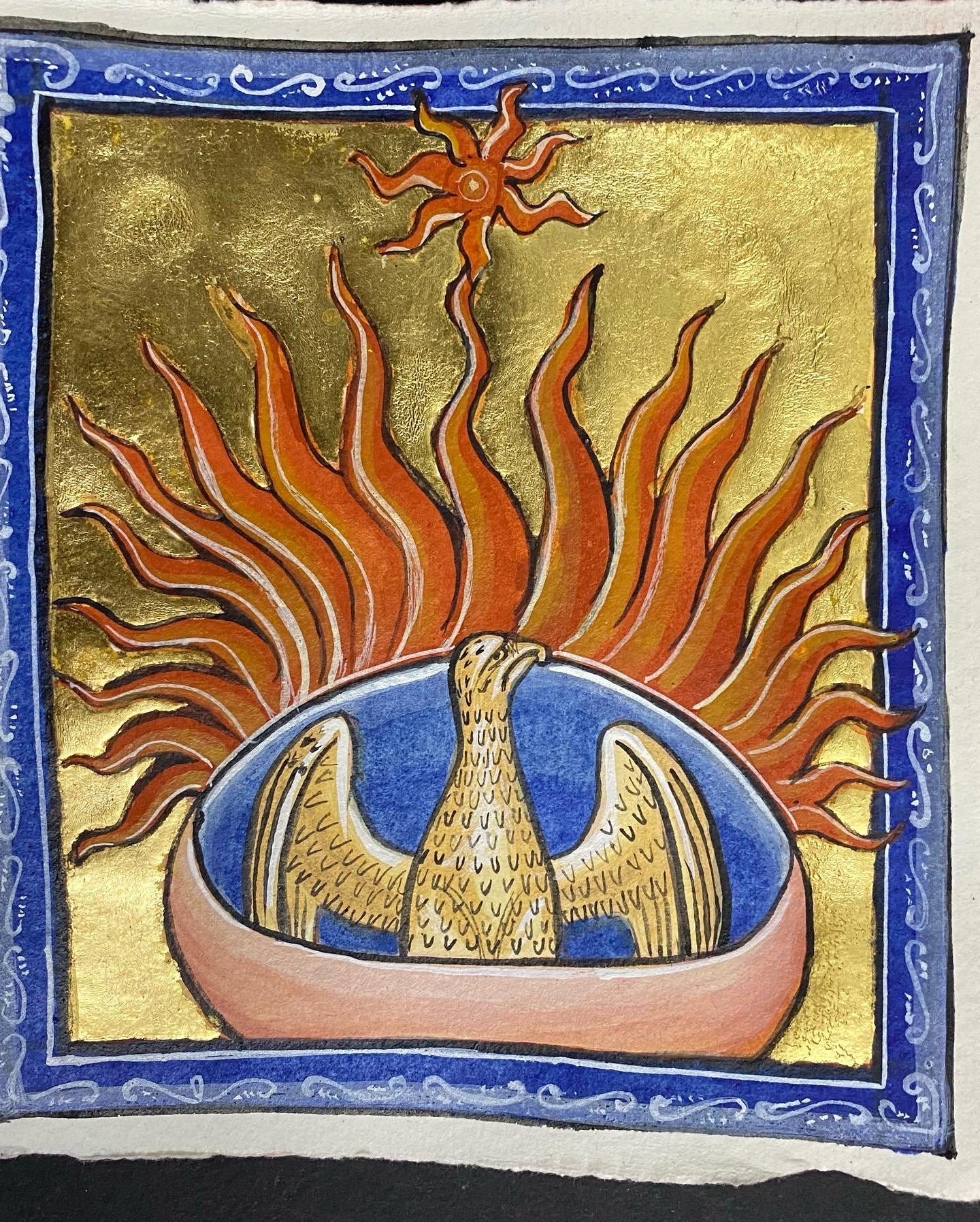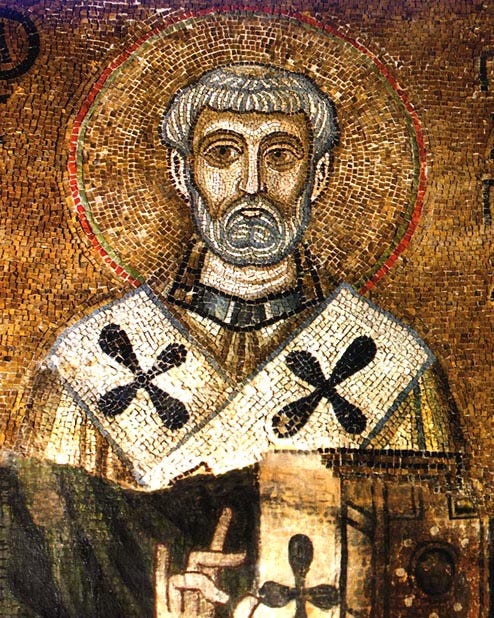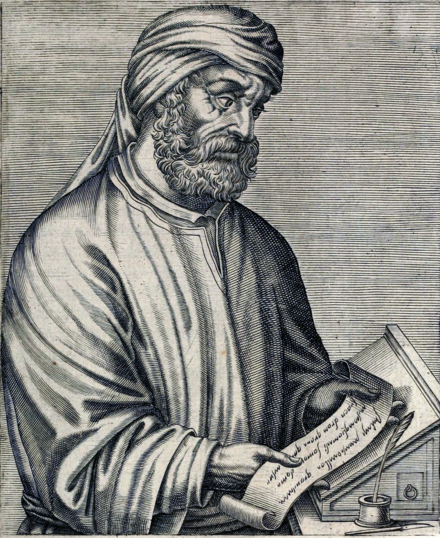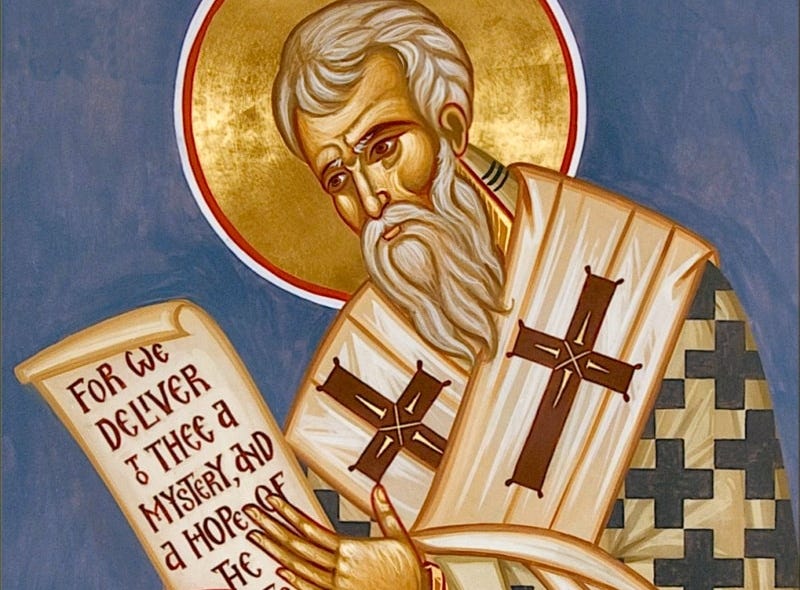The phoenix. One of the most inspiring symbolic creatures in storytelling. A creature that dwelled in the Far East (understood in antiquity as a direction that drew one closer to the beginning of the world). The beatific beast would live for around a millennium (depending on the textual source), at which point it would either burn up into ashes or respawn in the form of an egg. In a miraculous scene, the bird would again rise out of the ashes and fly up toward the sun, soaring to great heights. Therefore, the phoenix was said to never die truly but live forever, continually being reborn.
The phoenix may seem to have no history connected with Christianity, but this couldn’t be farther from the truth. There is a long history of the phoenix representing a symbolic figure for the resurrection. This image goes all the way back to Old Testament passages such as this:
“I said: ‘In my own nest I shall grow old; I shall multiply years like the phoenix’ ”(Job 29:18, NABRE)
The translation of “phoenix” here has been debated among scholars. However, the interpretive choice seems to have a long-standing pedigree, as we shall see among ancient Jewish scholars and the early church fathers like Tertullian, giving some weight to the interpretive choice of “phoenix” used here and in other places in the Old Testament. There is also the poetic context of the passage here in Job that would seem to support the idea of “phoenix” being the translation choice with the parallelism of living a long time and “multiplying years” as well as the term “nest.”
It is fascinating to see the interpretive lore that surrounds the phoenix throughout the past:
“This is reffering to a bird known as the Phoenix, and death was not placed upon it, because it had not tasted from the tree of Knowledge [at the sin of Adam and Eve]. After 1,000 years it renews, and goes into its youth” (Rashi on Job 29:18:2)
While there is little Biblical textual evidence to support the origin story of the phoenix, it is interesting to see how the Phoenix is placed within the Biblical worldview. The phoenix is the one creature allowed to be reborn because it did not taste the forbidden fruit. The Legends of the Jews expands upon this thought:
“Among the birds the phoenix is the most wonderful. When Eve gave all the animals some of the fruit of the tree of knowledge, the phoenix was the only bird that refused to eat thereof, and he was rewarded with eternal life. When he has lived a thousand years, his body shrinks, and the feathers drop from it, until he is as small as an egg. This is the nucleus of the new bird” (Legends of the Jews 1:1:58).
The origin story for the phoenix is expanded to show it as a righteous creature that “refused” to eat from the tree when given the fruit from Eve. Because the phoenix overcame this test where all others had failed, it was given eternal life. A divinely blessed creature above all others. The symbolism here in the Jewish legends connects quite wonderfully with Christ and his testing and trials. He overcame the temptations and tests from the serpent when all others had failed. He was thus crowned with eternal life. It is easy to see why this creature would have been such a desirable symbol and image for Christ and the Christian hope, which is precisely what we see with the early church fathers. Here is a sampling of their use of the symbol to convey the resurrection:
“Let us Consider that wonderful sign [ of the resurrection] which takes place in Eastern lands, that is, in Arabia and the countries round about, that is, in Arabia and the countries round about. There is a certain bird which is called the phoenix. This is the only one of its kind, and lives five hundred years. And when the time of its dissolution draws near that it must die, it builds itself a nest of frankincense, and myrrh, and other spices, into which, when the time is fulfilled, it enters and dies. But as the flesh decays a certain kind of worm is produced, which, being nourished by the juices of the dead bird, brings forth feathers. Then, when it has acquired strength, it takes up that nest in which are the bones of its parent, and bearing these it passes from the land of Arabia into Egypt, to the city called Heiropolis. And, in open day, flying in the sight of all men, it places them on the altar of the sun, and having done this, hastens back to its former abode. The priests then inspect the registers of the dates, and find that it has returned exactly as the five hundredth year was completed.”- Clement of Rome (First-Century)
“If, however, all nature but faintly figures our resurrection; if creation affords no sign precisely like it, inasmuch as its several phenomena can hardly be said to die so much as to come to an end, nor again be deemed to be reanimated, but only re-formed; then take a most complete and unassailable symbol of our hope, for it shall be an animated being, and subject alike to life and death. I refer to the bird which is peculiar to the East, famous for its singularity, marvellous from its posthumous life, which renews its life in a voluntary death; its dying day is its birthday, for on it it departs and returns; once more a phoenix where just now there was none; once more himself, but just now out of existence; another yet the same. What can be more express and more significant for our subject; or to what other thing can such a phenomenon bear witness? God even in His own Scripture says” ‘The righteous shall flourish like the phoenix;’ (Psalm 92:12) that is, shall flourish or revive, from death, from the grave—to teach you to believe that a bodily substance may be recovered even from the fire. Our Lord has declared that we are ‘better than many sparrows:’ well, if not better than many a phoenix too, it were no great thing. But must men die once for all, while birds in Arabia are sure of a resurrection?”-Tertullian (Second Century)
“But the Greeks ask for a resurrection of the dead still manifest; and say that, even if these creatures are raised, yet they had not utterly mouldered away; and they require to see distinctly some creature rise again after complete decay. God knew men's unbelief, and provided for this purpose a bird, called a Phoenix. This bird, as Clement writes, and as many more relate, being the only one of its kind , arrives in the land of the Egyptians at periods of five hundred years, showing forth the resurrection, not in desert places, lest the occurrence of the mystery should remain unknown, but appearing in a notable city , that men might even handle what would otherwise be disbelieved. For it makes itself a coffin of frankincense and myrrh and other spices, and entering into this when its years are fulfilled, it evidently dies and moulders away. Then from the decayed flesh of the dead bird a worm is engendered, and this worm when grown large is transformed into a bird — and do not disbelieve this, for you see the offspring of bees also fashioned thus out of worms , and from eggs which are quite fluid you have seen wings and bones and sinews of birds tissue. Afterwards the aforesaid Phoenix, becoming fledged and a full-grown Phoenix, like the former one, soars up into the air such as it had died, showing forth to men a most evident resurrection of the dead. The Phoenix indeed is a wondrous bird, yet it is irrational, nor ever sang praise to God; it flies abroad through the sky, but it knows not who is the Only-begotten Son of God. Has then a resurrection from the dead been given to this irrational creature which knows not its Maker, and to us who ascribe glory to God and keep His commandments, shall there no resurrection be granted?”- S. Cyril of Jerusalem (Fourth Century)
The phoenix was a common symbol in the church, and one can easily see why. It conveys one of the most essential tenets of the faith wonderfully. The phoenix was an image the Christian church probably inherited from the Greek/ Roman culture of the second century, as well as the Jewish culture from which Christianity sprang. It makes sense that they would adopt this imagery to help illustrate to others the concept of resurrection and what awaits all those who put their faith in Christ. We shall rise from the ashes of death and soar again like the phoenix of antiquity. I think I may try to implement some of this imagery in my classroom through mural artwork. Thereby hopefully inspiring the imaginations of future followers of Christ.
I created this blog to exercise the ideas that have haunted my mind. This blog will discuss and contemplate story, imagination, formation, Christian education, icons, symbols, pictures, and poetry. Journey with me as we delve into the deep cavernous thoughts of J.R.R. Tolkien, C.S. Lewis, George MacDonald, Malcolm Guite, James K.A. Smith, N.T. Wright, Charles Taylor, and The Holy Scriptures. If you are interested in or hate this content, join the conversation, as I will blog about these subjects and authors every Sunday.









Thank you for this post! The phoenix is something I dove into briefly a couple of years ago after I stumbled on the reference in 1 Clement. One beautiful description is given in Lactantius' poem De Ave Phoenice. Grace and peace.